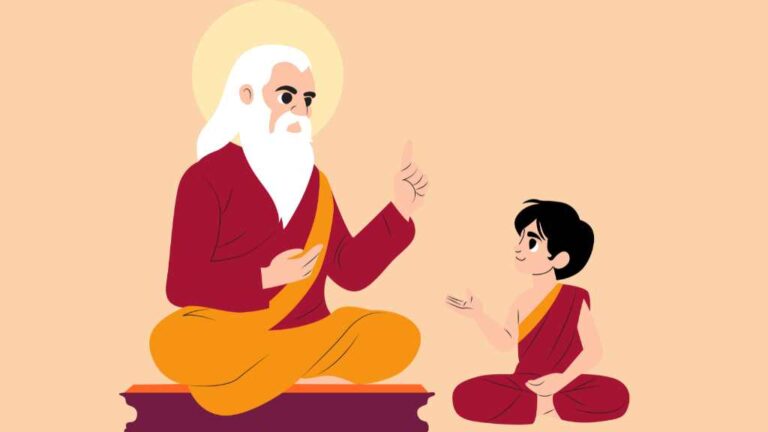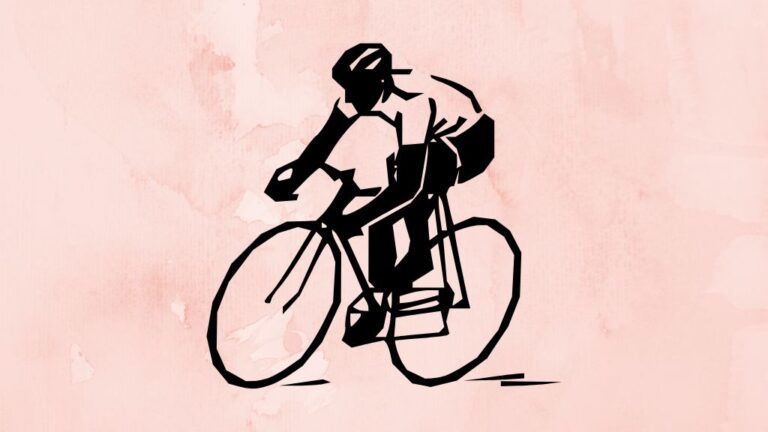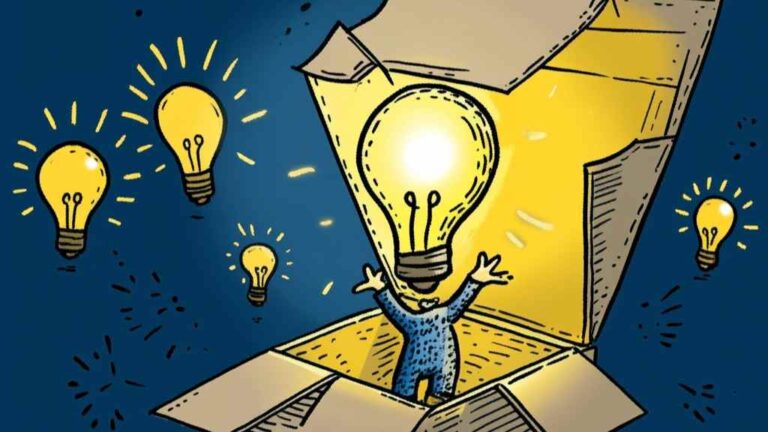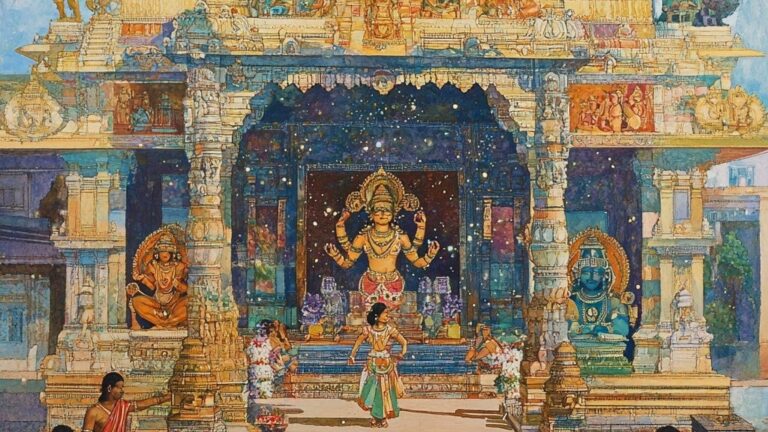Cutting through the misty veil of Maya
avoiding the trap of assumptions
In the ancient text of Yoga Vasishtha, sage Vasishtha teaches: “The mind creates its own bondage and the mind creates its own liberation.” This profound truth lies at the heart of how assumptions shape our reality, creating suffering where none need exist.
The Upanishads speak of “avidya” – ignorance that clouds our perception of reality. As the Katha Upanishad states: “The self-existent Lord created the senses to turn outward. Thus we look to the world outside and see not the Self within us.” This outward gaze leads us to paint reality with the colors of our assumptions, missing the deeper truth that lies beneath.
Sri Ramakrishna taught through a simple parable: A man walking in darkness saw a rope and assumed it was a snake. His heart pounded, his body trembled with fear, until someone brought a light and showed him it was merely a rope. Such is the nature of our assumptions – they create phantoms that haunt us needlessly.
The Bhagavad Gita speaks of “gunasya dharma” – the inherent nature of things. When we assume, we override this natural state with our mental projections. As Krishna counsels Arjuna: “Perform action, O Dhananjaya, abandoning attachment, being steadfast in yoga, and balanced in success and failure.” This balance is impossible when we are caught in the web of our assumptions.
An ancient Indian tale powerfully illustrates this truth through a story captured in the beautiful Kannada poem “Keliddu Sullaaga Bahudu” (What you hear may be false, what you see may be false). The poem tells of Gangamma, who lived in a forest dwelling with her baby and a faithful mongoose. One day, needing water, she left her baby in the mongoose’s care. While she was gone, a cobra entered their home, threatening the child. The loyal mongoose fought and killed the snake, its mouth stained with blood from the battle. When Gangamma returned and saw the blood on the mongoose’s mouth, her mind immediately conjured the worst scenario. In her anguish and rage, she struck the mongoose dead with her water pot. Only then did she enter to find her baby safe, sleeping peacefully beside the dead cobra – a tragic testament to the price of hasty judgment.
This story reveals a profound truth about the physiology of assumption. When we make erroneous assumptions, particularly those that envision worst-case scenarios, our body and mind don’t distinguish between imagination and reality. They react as if our darkest fears are actually occurring, triggering a cascade of physical, physiological, mental, and emotional responses. Just as Gangamma’s assumption led her to commit an irreversible act, our assumptions can create self-fulfilling prophecies in three devastating ways:
(1) We make our worst fears manifest through our misguided reactions
(2) We amplify situations beyond their actual severity
(3) We inflict significant physical and emotional damage upon ourselves
To counter this phenomenon, we can adopt a practice that involves regulation of our breath – our most fundamental connection to life itself. The practice is focused on establishing and returning to what we might call our “base breath.”
To find this base breath, begin by surrendering – let the body breathe by itself, without any effort or control. Observe how the breath flows when you relinquish all attempt to guide it. This natural, effortless breathing is your base state. Like a village woman carrying a pot of water on her head must maintain perfect balance to prevent spillage, you must maintain awareness of this breath as you move through your day.
As you encounter various situations and interactions, notice how your breath responds. Does it quicken when someone doesn’t return your call? Does it become shallow when you feel slighted? These changes in breath pattern are early warning signs of assumption and reaction taking hold. The practice is simple yet demanding: whenever you notice your breath deviating from its base state, gently guide it back. Don’t fight or force – simply return to that natural rhythm you identified in moments of peace.
This practice of breath awareness gradually leads us toward the yogic ideal of “stitha prajna” – the state of steady wisdom where external events no longer provoke strong reactions. Just as a deep lake remains undisturbed by surface waves, one who maintains awareness of their base breath develops a profound stillness that prevents hasty assumptions from taking root.
The ancient wisdom traditions understood what modern science now confirms: our bodies respond to our thoughts as if they were reality. When we assume the worst, our nervous system activates its stress response – cortisol floods our system, our heart rate increases, our breathing becomes shallow, and our capacity for clear thinking diminishes. This biological reality makes the practice of breath awareness not just spiritually significant but physiologically essential. Modern medical science reveals the full scope of how anxiety and fear-based assumptions affect our bodies:
1. Central Nervous System: When we make fearful assumptions, our brain floods our system with stress hormones like adrenaline and cortisol. While these hormones are helpful for genuine threats, chronic activation through persistent negative assumptions can lead to headaches, dizziness, and depression.
2. Cardiovascular System: Fear-based assumptions trigger rapid heart rate, palpitations, and chest pain. Chronic anxiety can increase risk of high blood pressure and heart disease.
3. Respiratory System: Anxiety causes rapid, shallow breathing – exactly what the practice of base breath awareness helps prevent. This can worsen conditions like asthma and COPD.
4. Digestive and Immune Systems: Chronic stress from persistent negative assumptions can cause stomach aches, nausea, diarrhea, and weakened immunity, making us more vulnerable to illness.
5. Muscular System: The tension created by anxiety and fear-based assumptions can cause chronic muscle tension and physical fatigue.
By maintaining our base breath, we create a biological anchor that helps prevent our body-mind system from spiraling into these assumption-driven stress responses. This practice becomes both a spiritual and medical intervention.
As the Kannada poem concludes: “Nidhaanisi Yochisidaaga Nijavu Thilivudu” – When we think calmly and carefully, the truth becomes clear. This wisdom echoes through every tradition that teaches us to pause, breathe, and look more deeply before allowing assumptions to guide our actions.
The Mundaka Upanishad declares: “Truth alone triumphs, not falsehood.” Our assumptions are often falsehoods we tell ourselves, veiling the simple truth of what is. The practice of breath awareness becomes our tool for lifting this veil, allowing us to see reality as it truly is, moment by moment.
In this way, we transform what could be poison into medicine, learning from each instance where our assumptions led us astray. Every challenging interaction becomes an opportunity for growth, every misunderstanding a step toward wisdom.
A beloved tale* carries this wisdom forward: A king once asked his wise men, “Is there a single mantra that holds truth for all moments – in victory and defeat, in joy and sorrow?” After much deliberation, they presented him with a sealed message, with one condition – he could open it only in his darkest hour.
Months later, the kingdom fell to invaders. The king fled alone, eventually finding himself trapped at the edge of a cliff, enemy horses thundering closer. In this moment of despair, sunlight glinted off his ring, reminding him of the message. With trembling hands, he opened it and read: “This too shall pass.”
Something shifted within him as he absorbed these words. Just as his days of glory had passed, so too would this moment of danger. In his newfound calm, he noticed for the first time the stunning beauty of the cliffside – a part of his own kingdom he’d never truly seen before. The sounds of pursuit faded as his enemies took a different path through the mountains.
The king survived, regrouped his forces, and eventually reclaimed his kingdom. During the magnificent celebration that followed, as flowers rained down from every window and songs of victory filled the streets, he felt pride swelling in his chest. “Truly,” he thought, “I am invincible.”
But then the sun caught his ring again. Reading those same words – “This too shall pass” – his pride dissolved into wisdom. He realized: neither the defeat nor the victory belonged to him. He was simply witnessing the endless dance of life’s changing circumstances.
This story illuminates a profound truth: our assumptions about both triumphs and troubles are equally misleading. Nothing is permanent – not our judgments, not our fears, not even our certainties. When we truly understand this, we can release our grip on assumptions altogether and become pure witnesses to life’s flowing river.
In doing so, we honor both the ancient wisdom and our modern need for clear, compassionate understanding in an increasingly complex world. For in the end, all assumptions shall pass, but the truth of what is remains ever-present for those with eyes to see.
*https://www.citehr.com/346028-too-shall-pass-thought-provoking-story.html








Such engaging content! Have you tried Sprunki OC? It’s a fresh take on music mixing with urban culture influences.
Really appreciate your perspective here! While on the topic of innovation, Spunky is doing something really special with music mixing.
Your perspective fascinates me! While discussing sports games, Retro Bowl Unblocked stands out as the ultimate solution for school/work gaming sessions.
of3gui